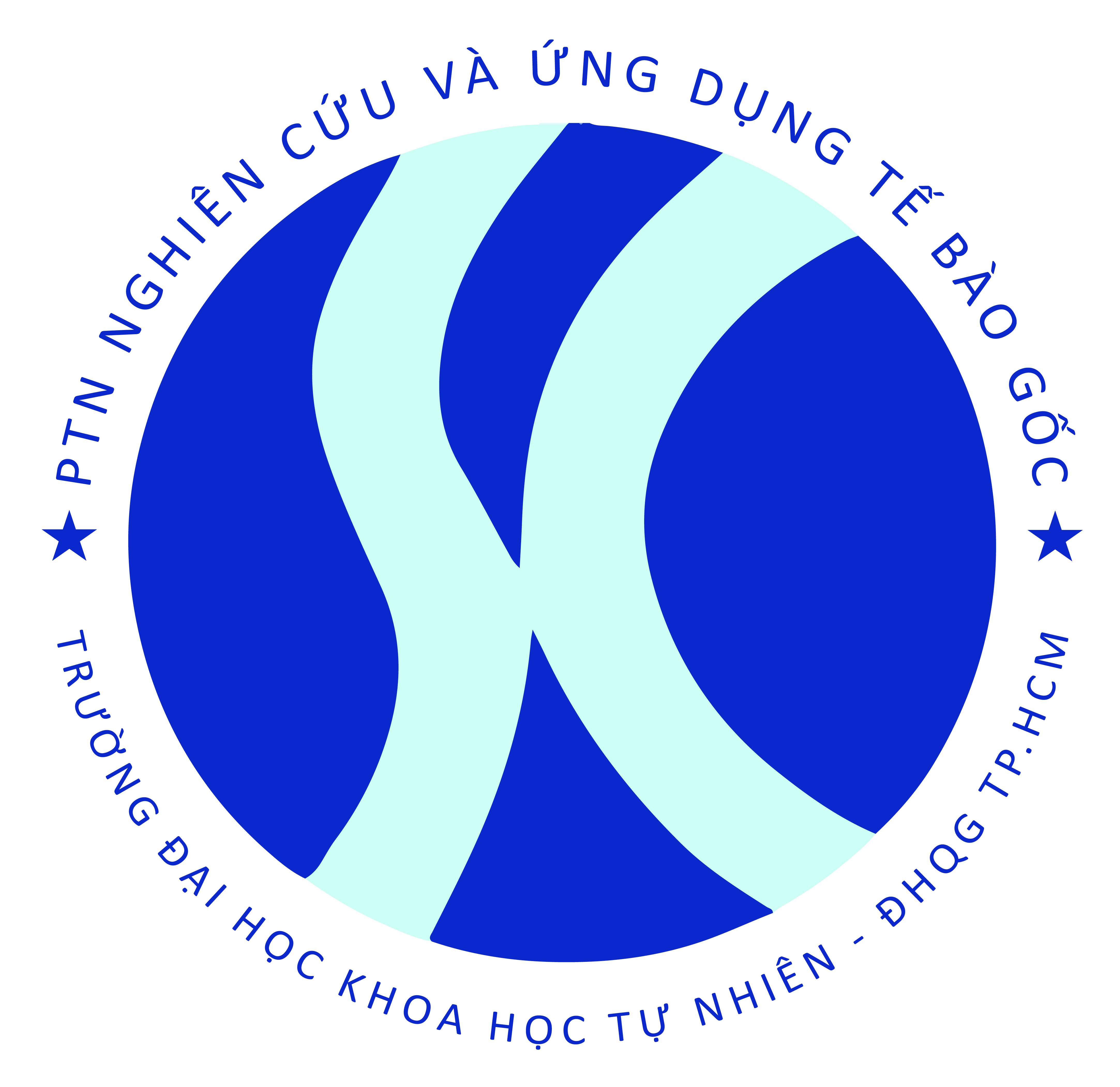Biomedical Tissue Culture
book edited by Luca Ceccherini-Nelli and Barbara Matteoli
ISBN 978-953-51-0788-0
Published: October 17, 2012 under CC BY 3.0 license.
Chapter 4
Isolation of Breast Cancer Stem Cells by Single-Cell Sorting
Phuc Van Pham, Binh Thanh Vu, Nhan Lu Chinh Phan, Thuy Thanh Duong, Tue Gia Vuong, Giang Do Thuy Nguyen, Thiep Van Tran, Dung Xuan Pham, Minh Hoang Le and Ngoc Kim Phan
DOI: 10.5772/51506
Introduction
Breast cancer is the most common cancer in women, with more than 1,000,000 new cases and more than 410,000 deaths each year [38];[39]. At present, breast cancer is mainly treated by surgical therapy as well as cytotoxic, hormonal and immunotherapeutic agents. These methods achieve response rates ranging from 60 to 80% for primary breast cancers and about 50% of metastases [22];[24]. However, up to 20 to 70% of patients relapse within 5 years [10].
The reason for recurrence is the existence of cancer stem cells in malignant tumors such brain, prostate, pancreatic, liver, colon, head and neck, lung and skin tumors [3];[7];[14];[15];[21];[32];[49];[51]. Breast cancer stem cells (BCSCs) were first detected by Al-Hajj et al. (2003) that showed cells expressing CD44 protein and weakly or not expressing CD24 protein could establish new tumors in xeno-grafted mice. Using these markers, researchers isolated BCSCs from primary [41];[47] and established breast cancer cell lines [16]. Another technique used is cell culture in serum-free medium to form mammospheres. Mammospheres exhibit many stem cell-like properties such as differentiation into all three mammary epithelial lineages [11];[12]. These BCSCs have been demonstrated to cause treatment resistance and relapse. Thus, BCSC-targeting therapy is considered a promising therapy for treating breast cancer.
Recently, BCSC-targeting therapies have been researched by various groups worldwide. Strategies include targeting the self-renewal of BCSCs [30];[31], indirectly targeting the microenvironment [29];[50];[31] and directly killing BCSCs by chemical agents that induce differentiation [25];[19];[42];[43], immunotherapy [4];[5];[40] and oncolytic viruses [26];[34]. In all strategies, isolation of BCSCs is an important step to recover starting materials for all subsequent steps. Thus, isolation of BCSCs is a pivotal step for successful outcomes. Almost all studies have focused more on treatment strategies than isolation of BCSCs. Indeed, to date, there are only three methods used to identify and isolate BCSCs, namely fluorescence-activated cell sorting (FACS) based on BCSC markers such as CD44, CD24 and CD133 [2];[52];[46];[41], identification of the side population (SP) that effluxes Hoechst 33342 [13];[8];[28] and mammosphere formation [44];[54]. All these methods possess some limitations.
The first limitation is the resulting heterogenous population of BCSCs. Using these techniques, the BCSC population contains phenotypes with differences in CD44 and CD24 expression levels. These differences reflect variations in some cellular behaviors. BCSCs isolated by SP sorting or mammosphere culture may contain a small population that do not exhibit the CD44+CD24- phenotype. Thus, in this study, we attempted to establish a new method to isolate a homogenous population from malignant breast tumors.
Our study is based on the cell cloning technique that is applied to select hybridomas for monoclonal antibody production. Using a cell sorter with the index sorting function, we aim establish a new protocol that can isolate and establish BCSC clones at a high efficiency.



Leave a Reply